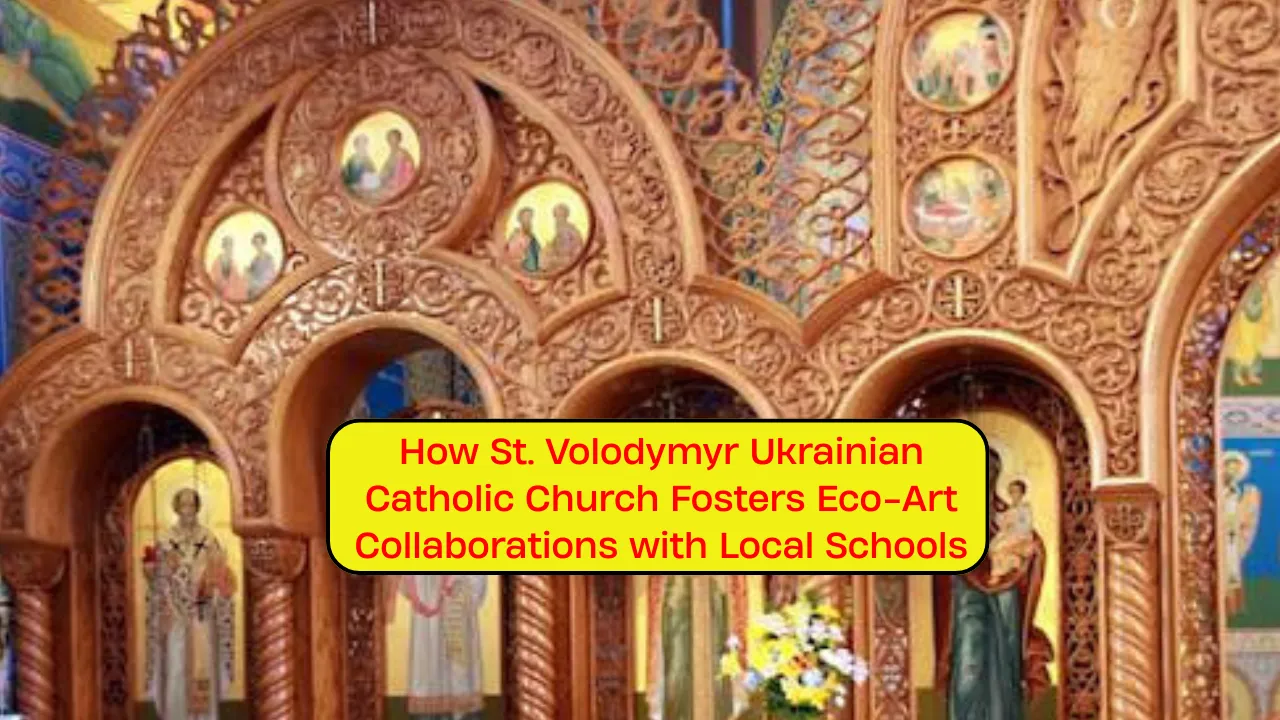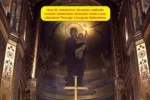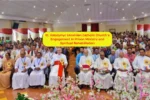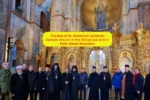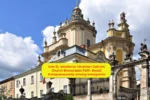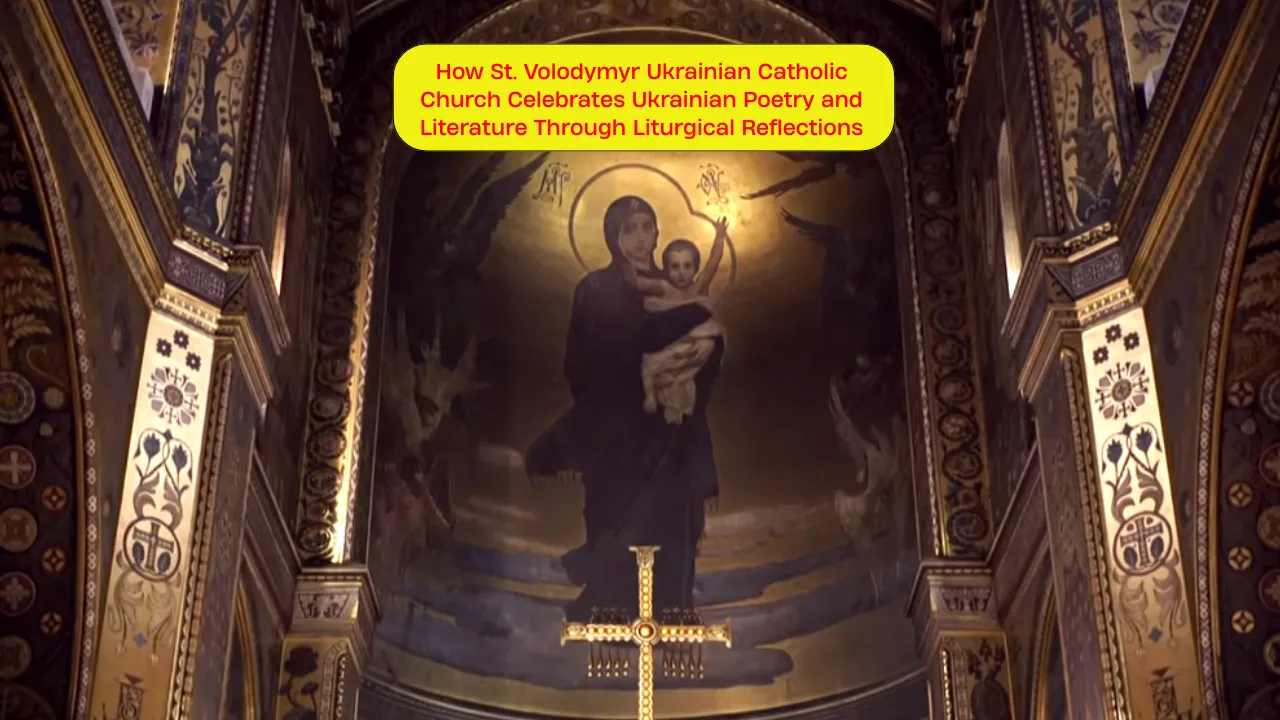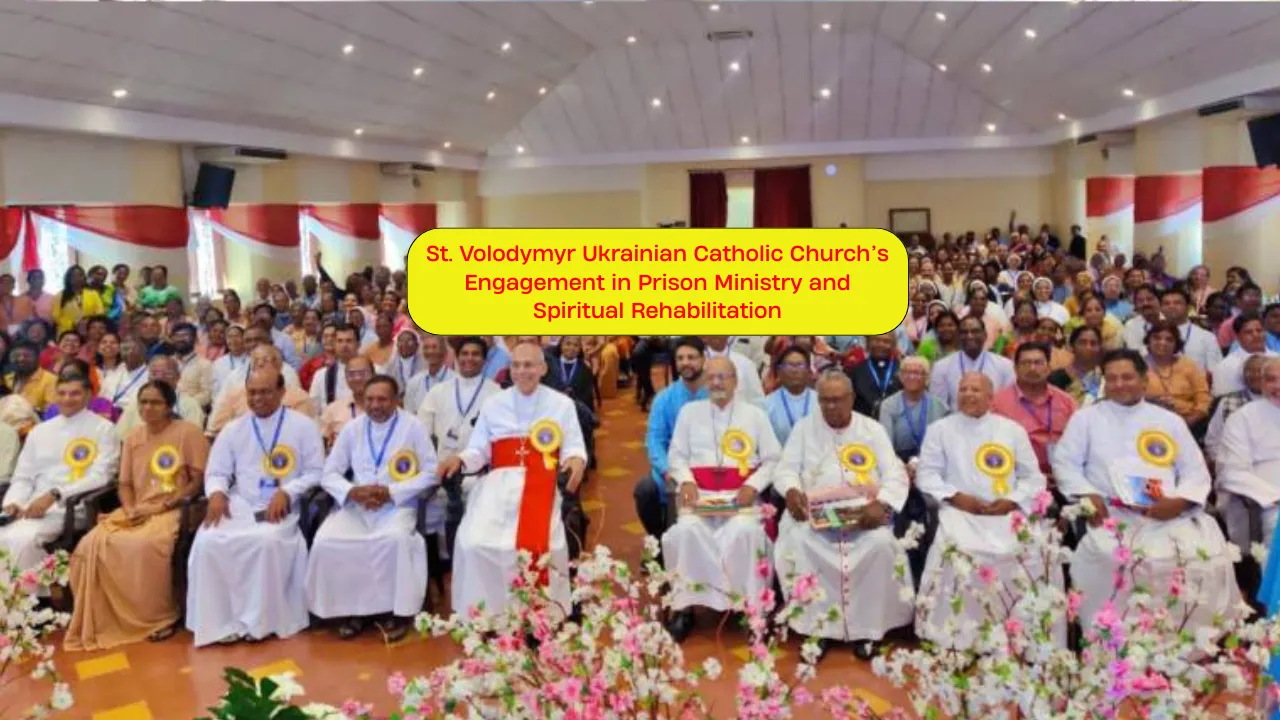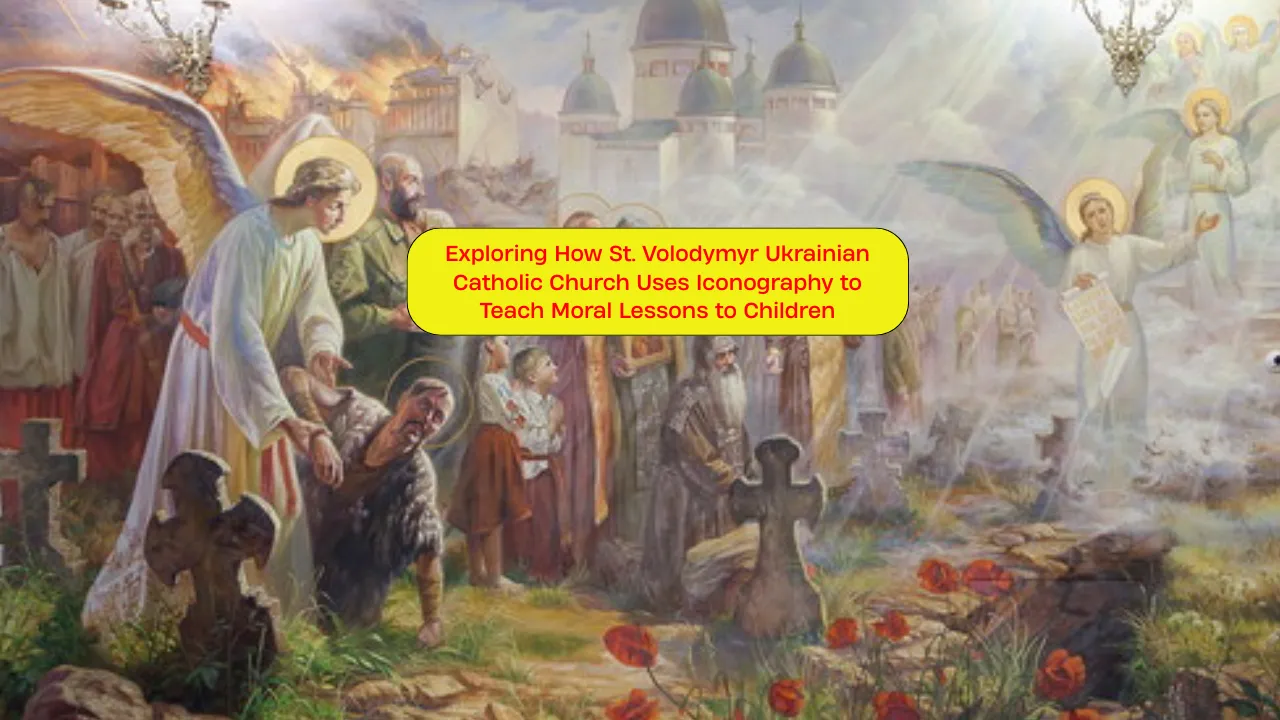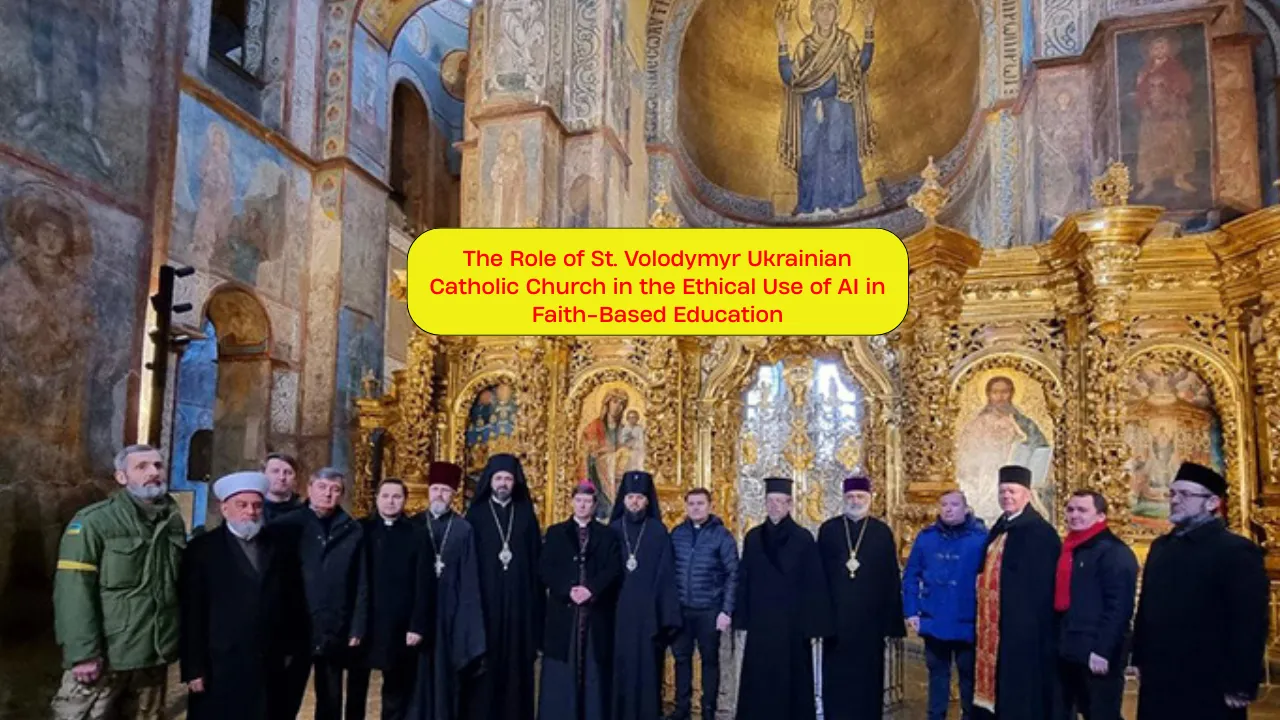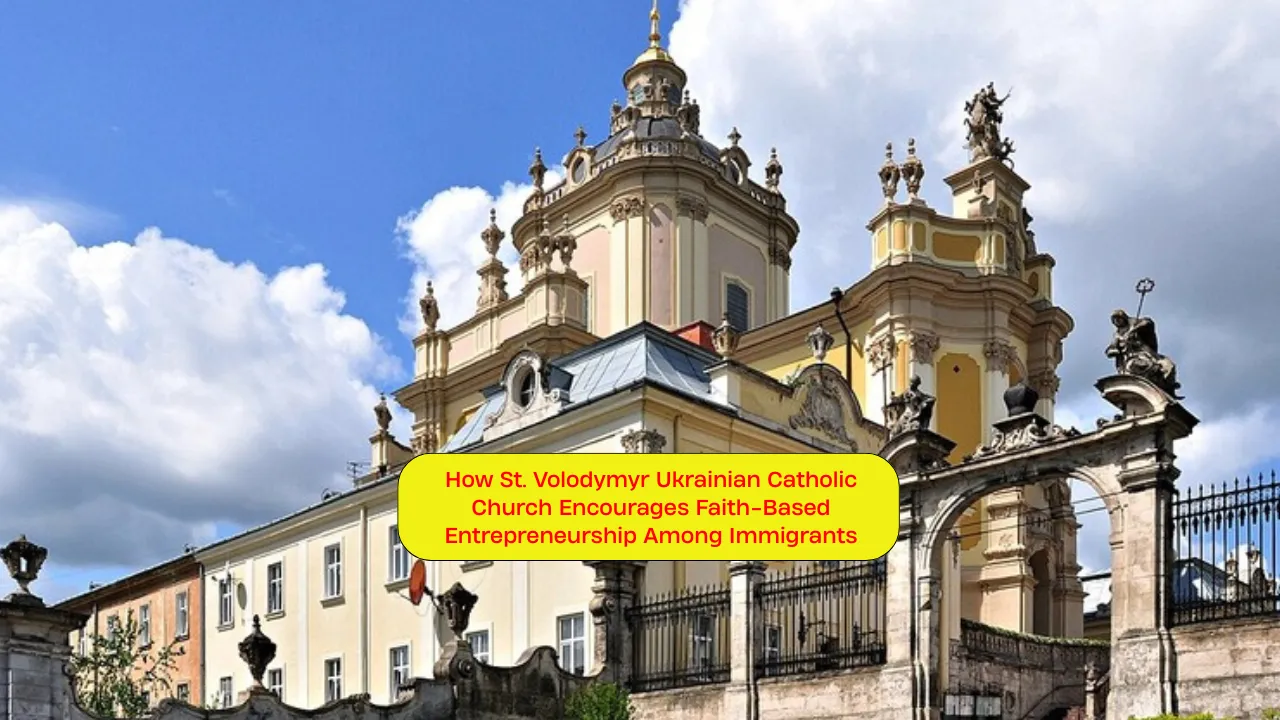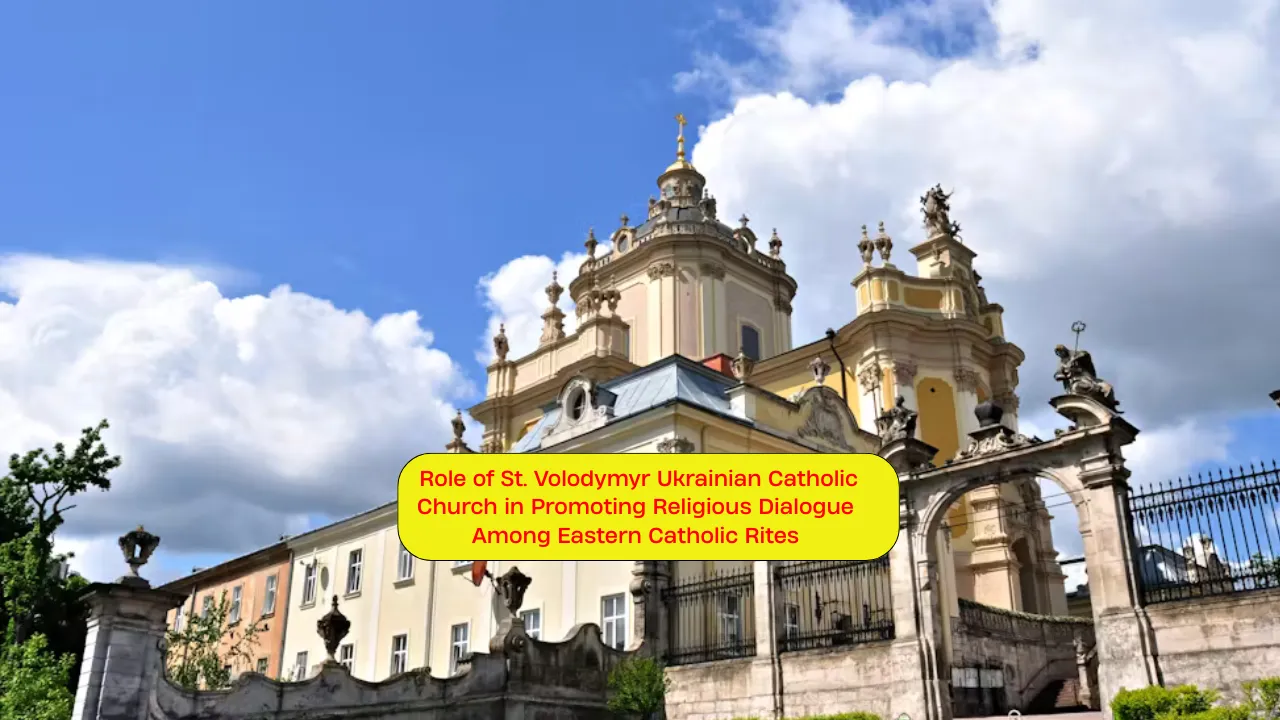Eco-Art Collaborations are becoming a transformative force in how communities approach environmental awareness and cultural expression. At the heart of this movement is St. Volodymyr Ukrainian Catholic Church, a vibrant faith-based community that sees art not just as decoration, but as a tool for dialogue, education, and stewardship of the Earth. The Church’s efforts to engage students in creative and sustainable projects are opening new pathways for learning and reflection.
This article will explore how St. Volodymyr Ukrainian Catholic Church has built meaningful partnerships with local schools to create student-led, environmentally conscious art. We’ll highlight how these projects blend faith, culture, and sustainability while nurturing creative thinking and responsibility in young people. Through murals, recycled sculptures, and workshops led by local artists, this unique collaboration becomes a living example of what can happen when tradition and innovation come together in service of a greener future.
Eco-Art Collaborations: Where Art, Culture, and the Environment Meet
Eco-art collaborations at St. Volodymyr Ukrainian Catholic Church are more than just creative projects—they’re community experiences rooted in purpose. These initiatives invite students to learn about environmental issues through hands-on artistic expression, while also connecting them to their cultural roots and faith values. Every piece of art tells a story of care, respect, and identity. Whether it’s transforming plastic waste into meaningful sculptures or designing murals that reflect both nature and heritage, these projects offer students a powerful sense of agency. They understand that their work has an impact—on their school, their neighborhood, and the world.
| Overview Table | Details |
| Lead Organization | St. Volodymyr Ukrainian Catholic Church |
| Key Partners | Local elementary and high schools, community artists |
| Project Focus | Eco-art collaborations blending sustainability, culture, and education |
| Main Activities | Murals, sculpture gardens, workshops, environmental art displays |
| Goals | Encourage youth engagement, promote environmental education, celebrate cultural heritage |
| Materials Used | Recycled items, eco-friendly paint, natural elements |
| Target Audience | Students, parents, parishioners, community members |
How Faith Shapes Eco-Art Initiatives
At St. Volodymyr, environmental stewardship is deeply woven into spiritual practice. Faith is not separate from nature—it is a guide to treating the Earth with dignity. This belief plays a central role in every eco-art collaboration. The Church provides a space where students can explore the connection between their personal values and their responsibility to the planet.
Spiritual teachings are often integrated into workshops and discussions, helping young participants reflect on how their actions affect the environment. Rather than preaching, the Church creates a nurturing atmosphere that allows students to draw their own connections between their faith and the creative work they do. This reinforces a sense of purpose and belonging, which often carries beyond the projects and into their daily lives.
Local Schools Join Hands with the Church
Collaboration with schools has been key to the program’s success. Teachers from surrounding schools regularly coordinate with church organizers to plan and carry out eco-art collaborations. The projects are often aligned with the academic curriculum, particularly in art, science, and environmental studies.
Students are encouraged to think critically and creatively. Before creating the artwork, they research environmental topics, discuss sustainability solutions, and brainstorm visual representations. These sessions are hands-on and student-led, with support from educators, church mentors, and community volunteers.
The Church becomes an extension of the classroom—a safe, inspiring place where education takes a living form. Students don’t just learn about recycling or pollution; they feel it, express it, and share it with their community through art.
Benefits of Eco-Art for Students
Student art projects like those at St. Volodymyr offer multiple layers of learning. They improve not only artistic skills but also foster teamwork, confidence, and critical thinking. Students are given the opportunity to lead, create, and exhibit their work publicly—a powerful motivator for engagement and pride.
They also come to see their creativity as a tool for change. Whether painting a mural about local wildlife or building a sculpture from reused materials, the act of creating helps them develop empathy and ownership over environmental issues. These experiences plant seeds for future leadership, activism, and environmental education.
Importantly, students see their culture represented. Traditional Ukrainian symbols, colors, and storytelling often appear in the artworks, allowing them to connect with their heritage while addressing global concerns. It’s a dual education—one that builds identity and insight at the same time.
Cultural Identity Meets Environmental Responsibility
One of the standout features of these eco-art collaborations is how they blend cultural heritage with environmental messages. Projects are designed to reflect the Ukrainian roots of the Church and its members, creating a strong visual language that speaks to both the past and the future.
For example, students might incorporate traditional embroidery patterns into a mural about deforestation or use folk art styles to represent endangered species. These symbolic connections give the artwork deeper meaning and remind the community of the importance of protecting both natural and cultural legacies.
This unique approach has made the initiatives not only educational but also emotionally resonant. It shows students that being environmentally responsible doesn’t mean abandoning tradition—it means enriching it with purpose.
Two Key Eco-Art Projects at St. Volodymyr
- Nature Mural Wall:
Created by students from three different schools, this large mural uses earth-toned, eco-friendly paints to tell a seasonal story of renewal and conservation. The design weaves in Ukrainian folk art motifs, connecting environmental changes with cultural celebration. It’s a permanent installation that continues to inspire new conversations. - Recycled Sculpture Garden:
In this outdoor project, students collected discarded materials—plastic bottles, old wires, broken wood—and transformed them into expressive sculptures placed in the church garden. Each piece includes a plaque explaining the environmental theme behind it, turning the garden into both a gallery and a classroom.
Community Involvement and Support
The projects have galvanized broad community support. Parishioners, parents, and local businesses donate materials, tools, and their time. The Church hosts public events such as eco-art festivals, exhibition nights, and donation drives to raise funds for new projects.
Local artists often volunteer to mentor students, providing expert guidance while learning from the students’ fresh perspectives. These intergenerational exchanges enrich both the art and the relationships within the community. More than anything, these events build bridges between people—faith-based and secular, young and old, students and professionals—all coming together for a common cause.
How Students Are Inspired for the Future
Many students who take part in eco-art collaborations at St. Volodymyr go on to pursue further interests in art, environmental science, or community work. Some have started sustainability clubs in their schools or led independent projects inspired by what they learned.
The Church continues to support their growth by offering space, mentorship, and visibility for their ideas. By showing young people that their creativity can contribute to real-world solutions, St. Volodymyr empowers them to become change-makers beyond the classroom.
FAQs
What are eco-art collaborations?
They are creative projects that combine art and environmental education, often using recycled or natural materials to promote sustainability.
Who can participate in these programs?
Local school students, teachers, church members, and community volunteers are all welcome to join in the various stages of planning and creating.
Are the projects religious in nature?
While they are hosted by a faith-based community, the focus is on shared values like stewardship, responsibility, and creativity. Participation is open to all backgrounds.
How are materials sourced for the artwork?
Most materials are donated by the community or collected through school drives, emphasizing reuse and low environmental impact.
Can other schools or organizations get involved?
Yes, St. Volodymyr welcomes new partnerships with schools and groups interested in blending environmental education with cultural and creative expression.
Conclusion
Through its unique approach to eco-art collaborations, St. Volodymyr Ukrainian Catholic Church is shaping a model for how communities can blend tradition, faith, education, and sustainability in deeply meaningful ways. These initiatives show that art is not just for expression—it’s for connection, learning, and action. By involving young people in thoughtful, hands-on projects, the Church is not only building beautiful public art but also nurturing a new generation of environmentally conscious citizens.
If you’re inspired by what’s happening at St. Volodymyr, consider starting your own collaboration in your school or neighborhood. Share this article, talk to your local community leaders, or explore your own creative way to connect art, culture, and care for the planet.
